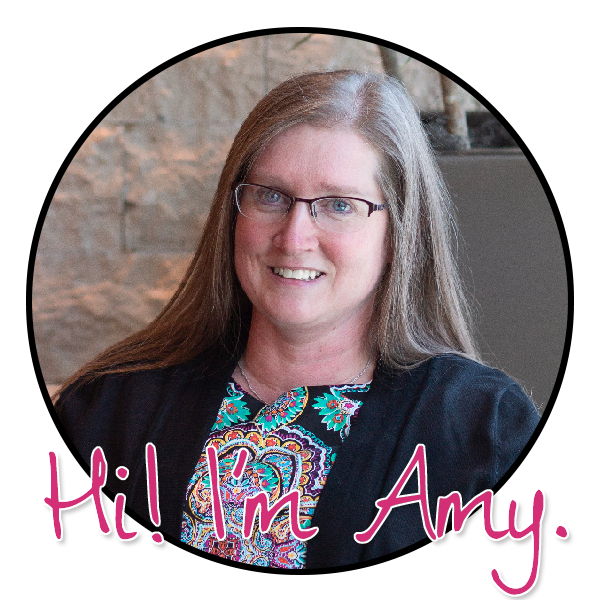Primary Possibilities is having a Linky Party!
I want to introduce myself. I am very excited to be guest blogging here. I usually blog at Science in the City. I write about teaching middle and high school science in an urban setting. My regular blogging happens at
I want to introduce myself. I am very excited to be guest blogging here. I usually blog at Science in the City. I write about teaching middle and high school science in an urban setting. My regular blogging happens at
C’mon
over and visit :)
Over
the break, I really enjoyed the time at home with my own kids, and the chance
to be slower-paced. I hope you did too. However, it gave me a lot to reflect on in my
teaching. My kids, by virtue of our home
life, socioeconomic status, educated family nearby get a lot of informal
educational experiences that my students certainly don’t get. This is a well-known topic. I want to focus on one experience that my
kids had over break, and how to bring a little piece of that into the
classroom.
My
younger son (age 3) got a butterfly kit for Christmas from Grandma. You send away for the caterpillars, watch
them grow, put them into a butterfly net house, and watch them turn into
butterflies. We decided to take pictures
of the caterpillars every day so he could see them change.
Here is a picture of our caterpillars so far:
Even
if its not strictly curriculum, and not a whole group project, would it be
valuable to have an ongoing, high-interest project in the classroom, documented
maybe with pictures? How could you do it
effectively with 100 students (4 classes).
Why bother when there is so much to ‘cover?’
Last
year I was lucky enough to get tadpoles from another teacher. I set them up in a tank in the back of the
classroom. I chose people in each class
period, each day (either those who were done early, those who were really
interested, those who were a little wiggly, or some who hadn’t done it in a
while) to feed them, and draw what the tadpoles looked like. Taking pictures
would have been great too. Maybe once a
week I would take 5 minutes to check in and do a very small mini-lesson about
the tadpoles. I think it was extremely
valuable because the kids were fascinated.
There is something to be said for engaging kids, having them enjoy
science, and keeping that curiosity!
Even if its not right in the curriculum, they like it, and they are
learning science! Aren’t life cycles,
stages of development, needs of living things part of the curriculum?! It doesn’t always have to be a prepared
lesson plan!
It
would be easy to even do a short assessment that does tie to curriculum in a
broader sense.
My
goal in the New Year is to bring more of these experiences into the classroom,
and to tie them to standards and curriculum (if not the pacing for the
moment). Kids need to see science
happening, be part of it, and see the connection to the science they are learning.
One
way I know that I will be doing this is that one of my students has been
telling me she has a friend that has a snake that is shedding. She wants to bring in the snakeskin to share
with the class. I think that’s a great
display object, maybe touch object, and mini-lesson!
How
do you either:
●
Conduct long-term experiments in class?
●
Bring informal learning and high-interest things into
class, even if they aren’t strictly curriculum (and why)
Feel free to leave a comment.
Check out my post at :












